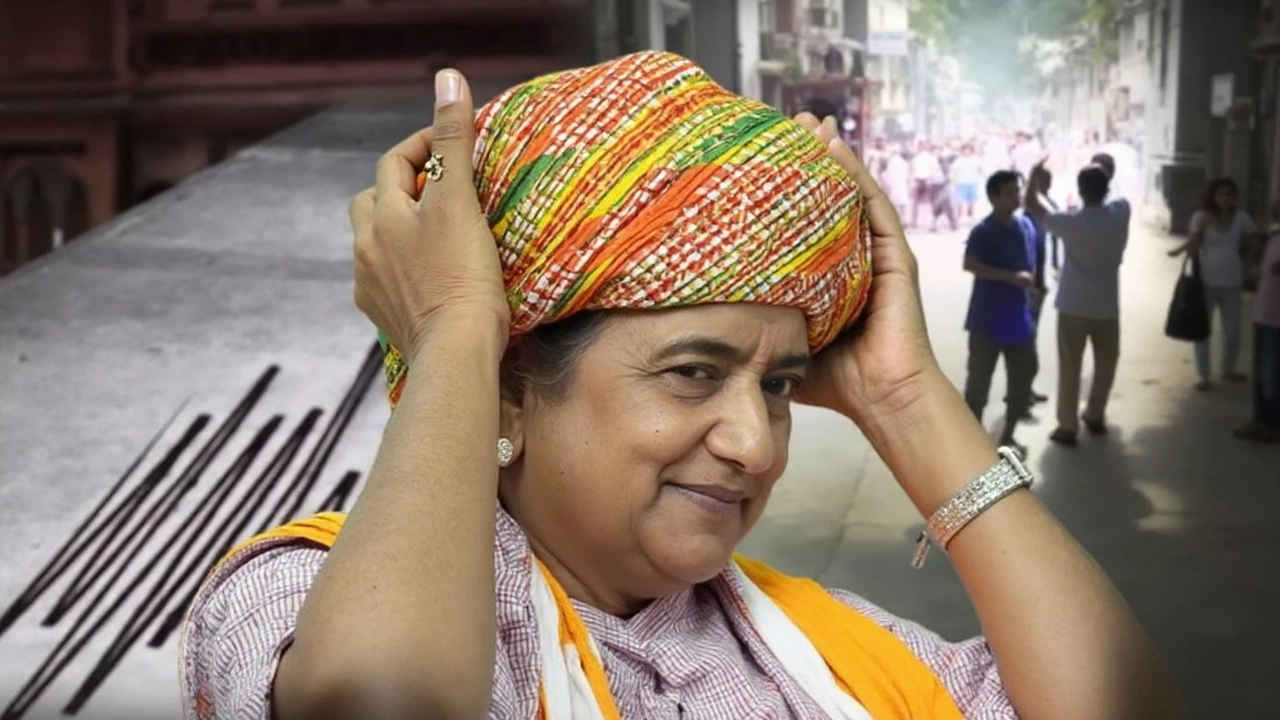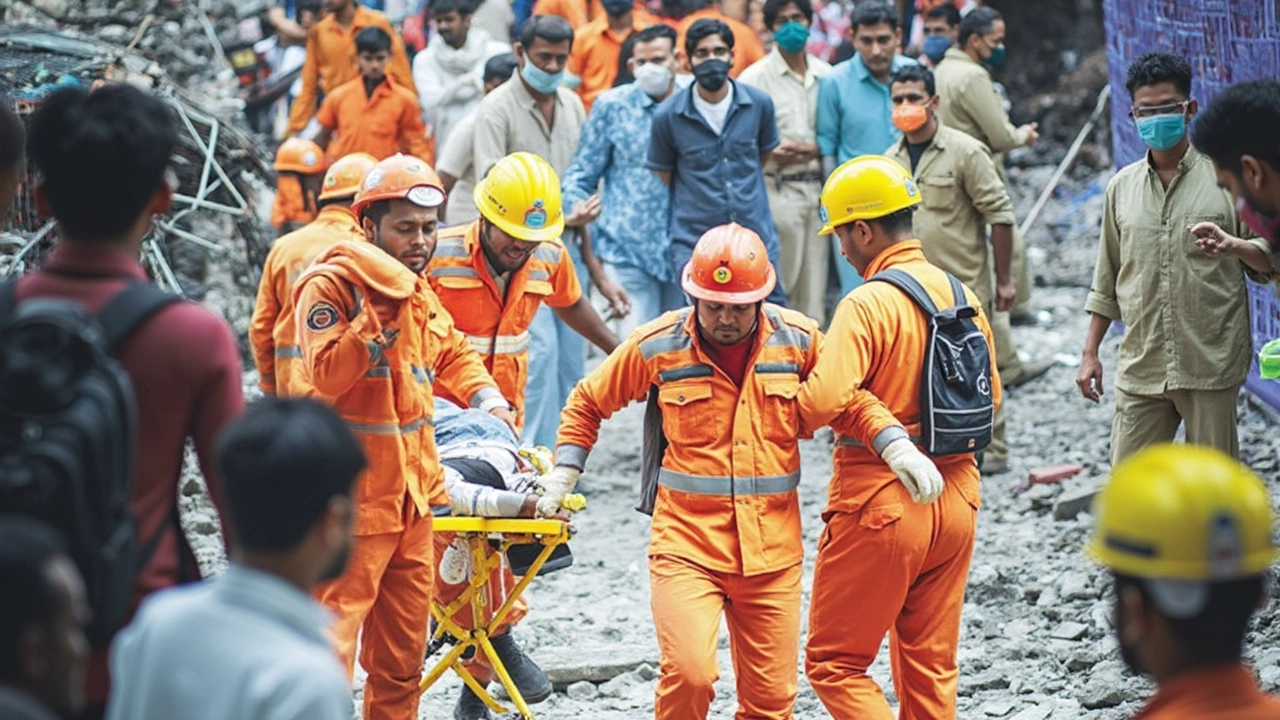Delhi's Earthquake Readiness: Rekha Gupta Fast-Tracks Disaster Command Centre, Targets High-Risk Zones
 Apr, 20 2025
Apr, 20 2025
Delhi’s Urgent Push for Earthquake Preparedness
After two back-to-back tremors rattled nerves in Delhi—one close to home, another deep in Myanmar—Chief Minister Rekha Gupta decided enough was enough. This time, city hall isn’t waiting for fate to decide Delhi’s story. Gupta just greenlit a sweeping earthquake preparedness project, marked by a hefty ₹30 crore investment to finally get a Command Control Centre and Emergency Operations Centre up and running. These facilities, promised for years and stuck in paperwork limbo, will now take center stage in Delhi’s disaster management strategy.
At a high-stakes Delhi Disaster Management Authority (DDMA) meeting, with Lieutenant Governor VK Saxena leading, the message was blunt: Delhi sits in Seismic Zone IV, which translates to high risk. The plan Gupta rolled out isn’t just about fancy buildings—it’s a grid-wide approach. The focus is on spots like Narela, Bawana, and Shaheen Bagh, especially those crowded areas along the Yamuna river where makeshift high-rises have shot up.
The city is on a tightrope—fast-growing, densely packed, and as recent microzonation studies reveal, bursting with unauthorized colonies that could be disaster magnets in a quake. Many residents live in buildings thrown together without much thought for safety. These are now clear targets in the new master plan. The government wants to retrofit critical infrastructure—think schools, major hospitals, fire stations, even the city’s power and water lines—so they can withstand seismic shocks.

Community Training and the Race Against Delays
But it’s not just about concrete and steel. Gupta’s team is doubling down on the people factor. Civil defense volunteers and home guards aren’t just going to sit by with whistles—they’ll be taking part in citywide drills, learning hands-on how to respond when the ground shakes. The DDMA is pushing for these evacuation drills to become routine, especially where risk is greatest.
To tackle the root of the problem, the administration has been pouring over neighborhood-level data. Microzonation maps point out the most vulnerable stretches, and that’s where community engagement is being ramped up. Imagine local teams trained to lead evacuations and assess damages—no confusion, just action when seconds really count.
Gupta is also looking at the bigger disaster picture. Beyond earthquakes, the city’s planning teams are working on a month-long sprint to address heatwaves, waterlogging, and drainage failures—all hurdles that tend to pile on after natural calamities. The DDMA wants an all-clear, no-loose-ends action plan soon.
VK Saxena threw his weight behind speeding things up, especially since the central Emergency Operations Centre remained a blueprint for years while the city’s population grew and buildings stacked up. He’s told departments bluntly: cut the red tape, fix logistics, and get the EOC done. No more excuses.
This push for robust earthquake preparedness in Delhi is a wake-up call—there’s a mix of urgency, realism, and a hard look at the city’s vulnerable corners. The government’s message is clear: safety is now on the clock, not on the back burner.